Supplements slow disease progression during late stage of “dry” age-related macular degeneration
On Jul. 16, 2024, researchers at the National Institutes of Health (NIH) reported they have found that taking…

On Jul. 16, 2024, researchers at the National Institutes of Health (NIH) reported they have found that taking…

On Dec. 23, 2021, OPKO announced preliminary topline results from its Phase 2 trial with RAYALDEEᆴ to treat…

On May 24, 2018, the United States Food and Drug Administration (U.S. FDA) released a statement on GR2E…
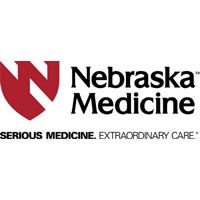
On Nov. 9, 2017, UNMC announced that Jingwei Xie, Ph.D, a biomedical engineer, had been awarded a four-year,…

In 2011, the Pacific Northwest Diabetes Research Institute began clinical trials on antioxidant drug treatments on volunteers from…

On Dec. 9, 2008, in contrast with earlier research suggesting that dietary supplementation with selenium and vitamin E…

On Dec. 9, 1995, the U.S. Food and Drug Administration (FDA) approved tretinoin, a differentiating agent related to…
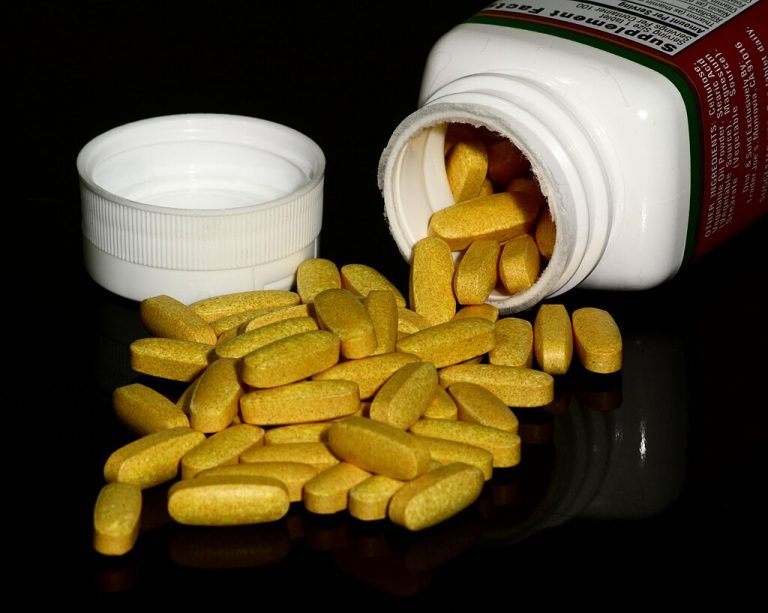
On Sept. 11, 1992, the U.S. Centers for Disease Control and Prevention (CDC) began recommendations for folic acid…
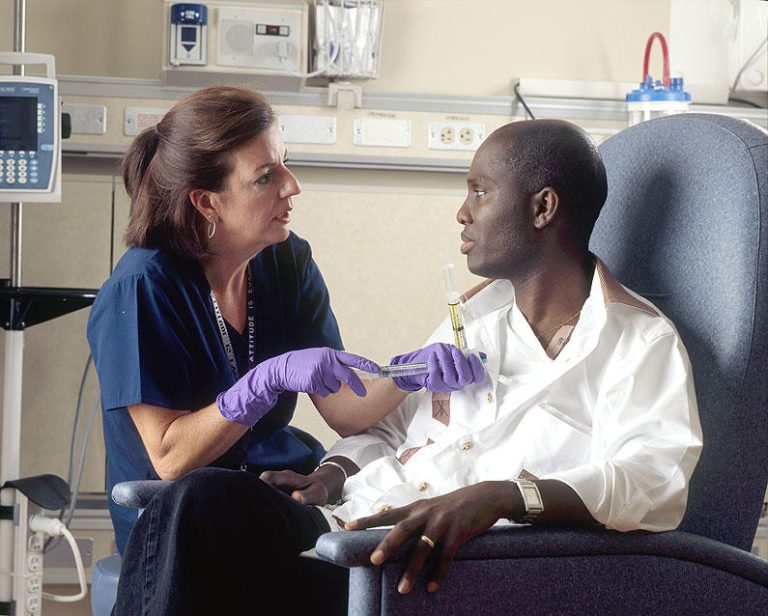
On Sept. 20, 1990, results from the first chemoprevention trial to show efficacy (vitamin A analogue against mouth…
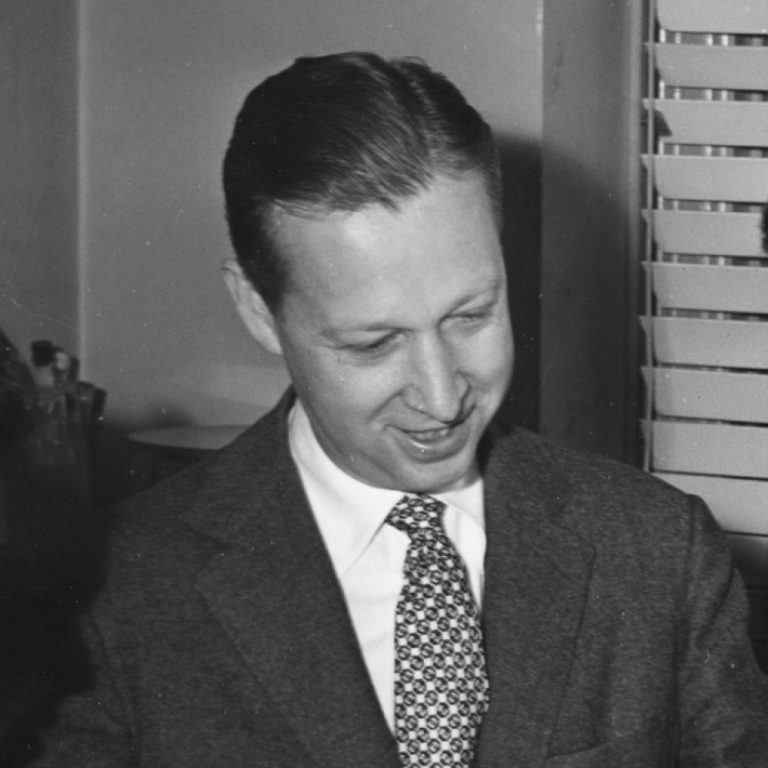
In 1986, the American Chemical Society awarded the Priestley Medal to Karl A. Folkers ‘for his numerous contributions…

On Apr. 22, 1976, the U.S. Congress passed the Vitamin-Mineral Amendment to the Federal Food, Drug, and Cosmetic…

In 1968, Gamborg Medium was developed by O.L. Gamborg as a medium of mineral salts, sucrose, vitamins and…
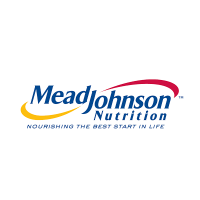
In 1967, Bristol-Myers acquired Mead Johnson & Company, a leader in science-based infant and childrenメs nutrition. Mead Johnson…
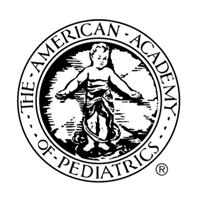
In 1961, the American Academy of Pediatrics recommended vitamin K injection become standard practice at birth. A dose…

In 1947, biochemist Yellapragada SubbaRow co-discovered the first cancer chemotherapy agent for children suffering from acute leukemia. While…
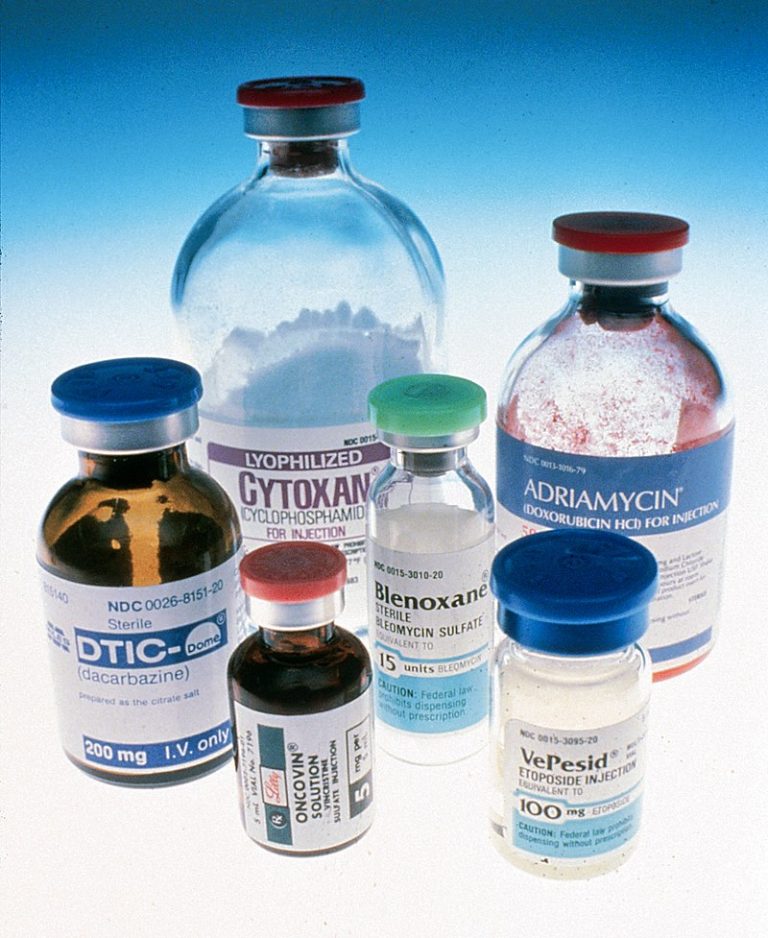
On Aug. 27, 1942, chemotherapy was first used to treat a cancer patient and the beginning of its…
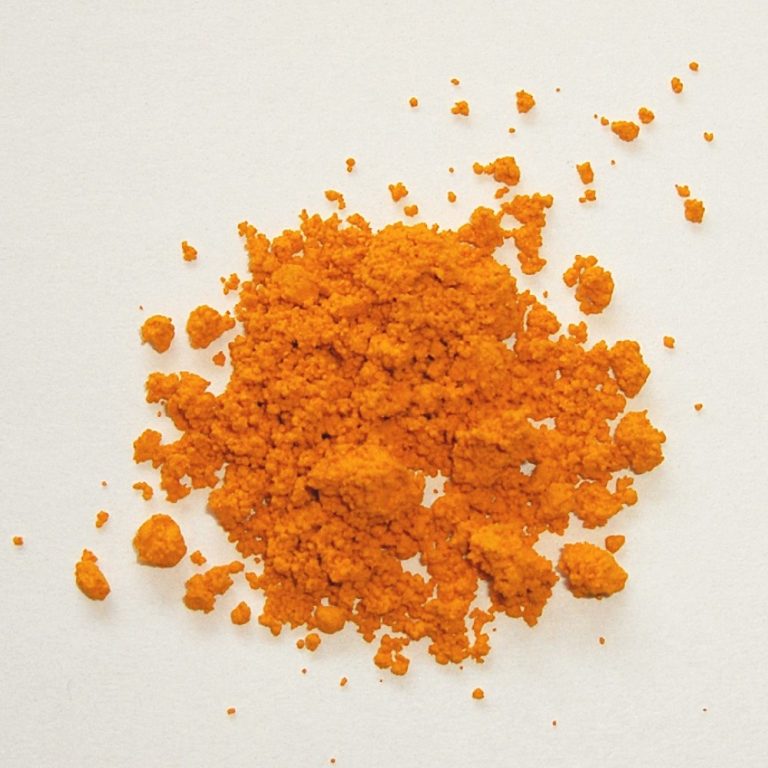
In 1938, W. Henry Sebrell and Roy F. Butler published the first clinical description of ariboflavinosis, a human…

In 1937, the Nobel Prize in Physiology or Medicine 1937 was awarded to Albert von Szent-Gyorgyi Nagyrapolt “for…
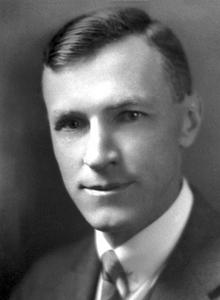
In 1934, William Perry Murphy, who shared the Nobel Prize for Medicine for discoveries concerning liver therapy in…

On Feb. 19, 1927, the Wisconsin Alumni Research Foundation (WARF) completed its first licensing agreement with the Quaker…
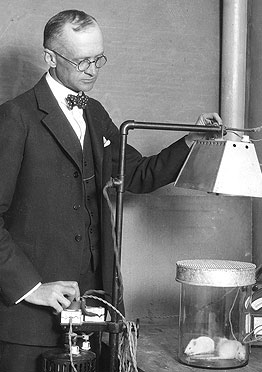
On Nov. 14, 1925, the University of Wisconsin Board of Regents filed the charter for the Wisconsin Alumni…

On Jun. 22, 1925, the University of Wisconsin Board of Regents officially established the Wisconsin Alumni Research Foundation…

In 1923, Atherton Seidell was a renowned research chemist who developed a physiological test for the activity of…
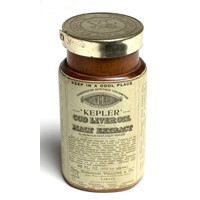
In 1922, cod liver oil (vitamin D) was shown to prevent rickets in chicks improves poultry production.

In 1914, Phages, or bacterial viruses, were discovered by Frederick Twort. He researched Johne’s disease, a chronic intestinal…

In 1913, Elmer McCollum and Marguerite Davis at the University of Wisconsin-Madison discovered a ‘fat-soluble’ accessory food substance,…
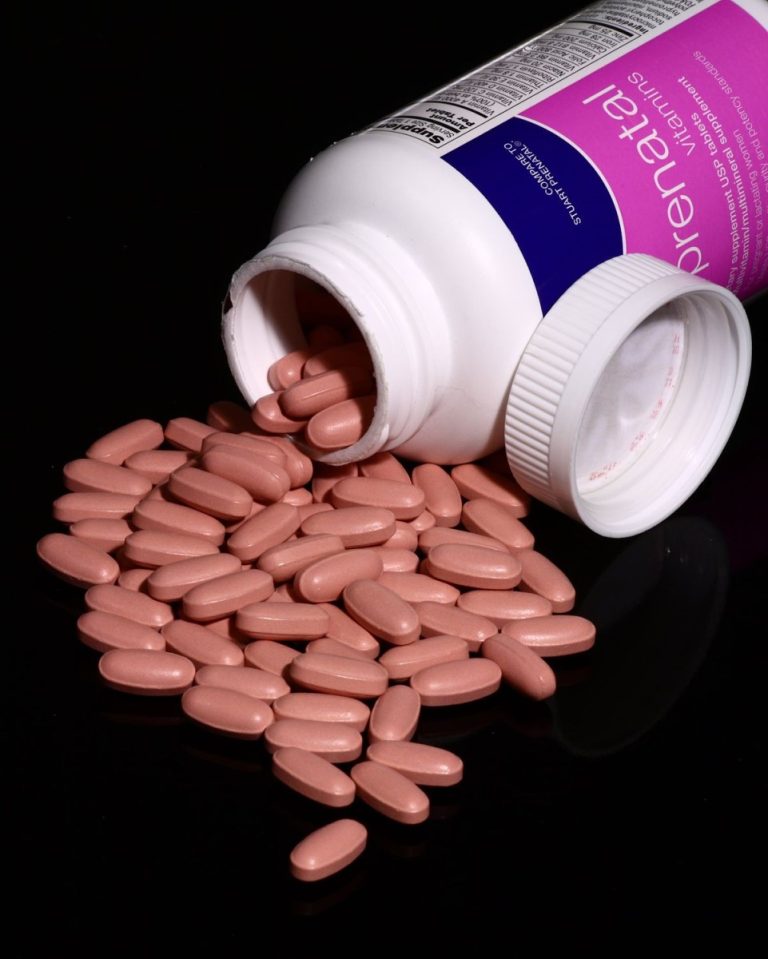
In 1911, Polish biochemist Casimir Funk coined the term “vital amines” or “vitamines”. After reading an article by…